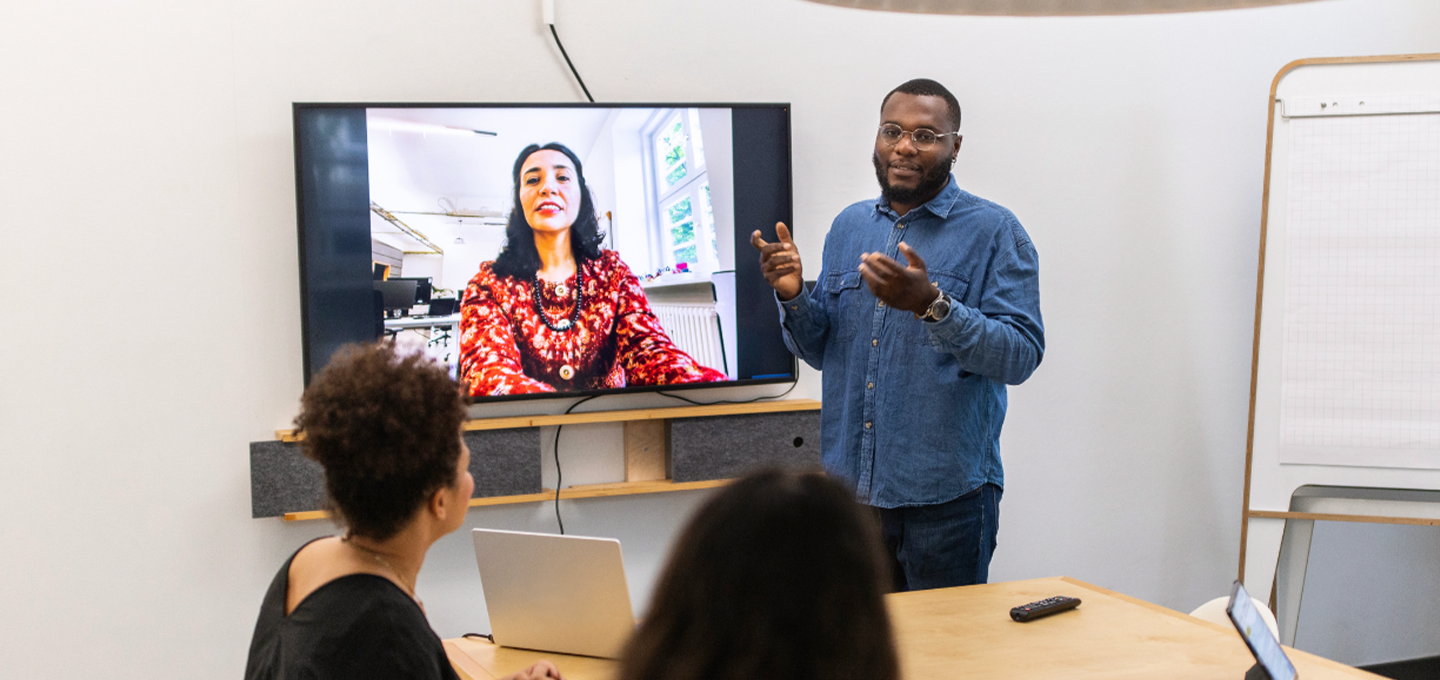Flexible working is crucial to gender inclusion

In many businesses, there's a noticeable gap between men and women when it comes to flexibility at work. UK data reveals that women are three times more likely than men to work part-time or engage in flexible work arrangements.
Studies by The Centre for Progressive Policy show clear reasons behind this gap. Nearly half of working-age women provide an average of 45 hours of unpaid care every week, compared to 25% of men who offer 17 hours. These numbers aren’t just limited to working mothers. This research suggests that flexibility is crucial and advocates for a national target: 70% of job adverts should highlight flexibility by 2025.
While the core objective of days like International Women's Day is to address statistics like these from the ground up, business leaders must acknowledge that society is still in transition. Our responsibility is to meet gender and family culture where it currently stands and establish conditions ensuring women have equal opportunities at work.
While we believe flexibility can help everyone, regardless of gender, we can acknowledge the benefits of flexible working for women without perpetuating unhelpful stereotypes.
The pandemic demonstrated that remote work is not only possible but also efficient. At a time when more and more organisations are pushing for strict office attendance, business leaders need to recognise the reality and embrace hybrid and flexible working.
The risk is missing out on diverse talent and the proven innovation and growth that comes with it. With all the statistics in mind, businesses could be actively alienating women by reversing change.
Making work flexible and inclusive is part of our core values. Today, I wanted to share of the key steps that can be taken to create a flexible work environment.
Designing spaces for flexibility
Hybrid working demands the creation of virtual workspaces, but it also impacts the physical workspace. For true flexibility, both sides need to change.
Understanding what hybrid workers need is crucial to keeping everything on an even keel. How do they interact with their colleagues in the office? What kind of technology do they require in remote locations?
With the right technology, the transition to hybrid working is smooth. Moving from the office to home and back again should feel seamless. We helped our customer Sodexo do just that with its office transformation project last year.
For gender inclusion, there are other considerations when it comes to designing spaces. Offering wellbeing rooms for respite can often make the difference for new mothers returning to work. Ensuring office spaces are accessible for all is an essential factor for inclusion, too.
Automation fuels flexibility
Boost digital maturity, boost progress
As we've discussed, accommodating truly flexible working businesses requires a suite of technology. Even if you choose not to go to the lengths of automation, you need a sufficient IT infrastructure and cybersecurity approach to meet the needs of a dispersed workforce.
A litmus test for business readiness is accessing digital maturity. We see digital maturity as a more viable concept for organisations than digital transformation. With technology constantly advancing, you need a longer-term strategy than a one-hit transformation.
An approach underpinned by digital maturity brings longevity and a position to revisit and improve. You can start by checking in with your digital maturity score to understand how well your organisation can cater to flexible working today.
Practice follows policy
Alongside technology, there is an undeniable human element to introducing a flexible working policy. Employees must understand what is expected of them and how to access support with a thorough company policy and engaged conversations with managers.
At Ricoh, we have implemented a flexible-first policy, and ensure all of our line managers are well briefed on having conversations regarding requests. We have also invested in additional training for our line managers on mental health awareness and subtle exclusion to ensure flexible working isn't an isolating experience for our employees.
Nurture workplace inclusion
Today, I've looked at just one element of the workplace which needs to change to foster better gender inclusion. But for us, one of the most vital elements of our strategy towards narrowing our gender pay gap and improving gender diversity has been our inclusion projects.
As Executive Sponsor for Gender, I lead our Employee Gender Affinity Group alongside our fantastic chair people. Every month, the group has important and valuable conversations, sharing their experiences and breaking down barriers between men and women to nurture better understanding. And our brilliantly subscribed Living The Ricoh Way programme unites people across our business who care about improving inclusion.
While I'm incredibly proud of the policies we've put in place to support our employees, the work we've done to create a culture where story-sharing, honesty, and authenticity are championed is one of our most outstanding achievements. A culture shift that encourages open feedback and empowers employees can pave the way for smoother adoption of new working methods, like flexibility.

GLENN GRIGGS
Ricoh UK CEO





















